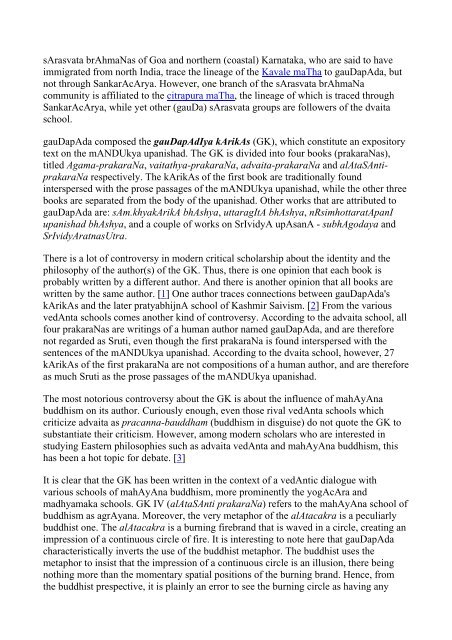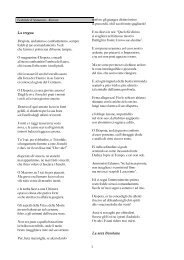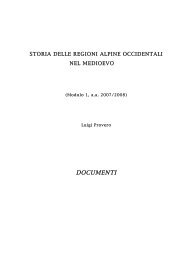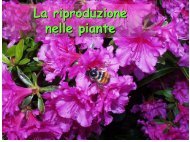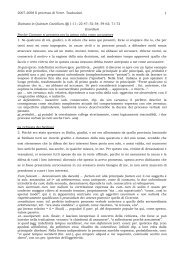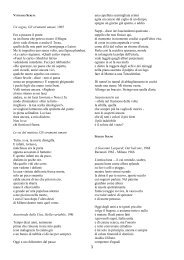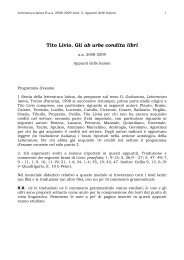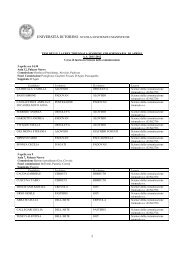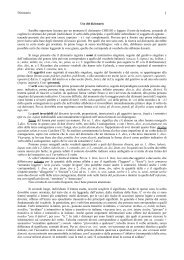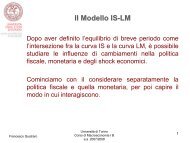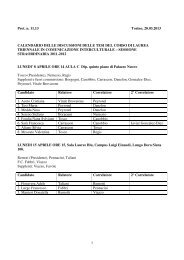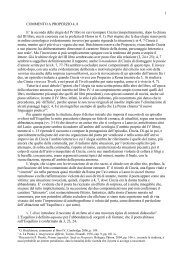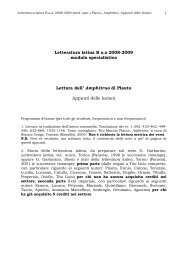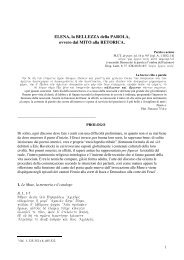ajAti vAda
ajAti vAda
ajAti vAda
You also want an ePaper? Increase the reach of your titles
YUMPU automatically turns print PDFs into web optimized ePapers that Google loves.
sArasvata brAhmaNas of Goa and northern (coastal) Karnataka, who are said to have<br />
immigrated from north India, trace the lineage of the Kavale maTha to gauDapAda, but<br />
not through SankarAcArya. However, one branch of the sArasvata brAhmaNa<br />
community is affiliated to the citrapura maTha, the lineage of which is traced through<br />
SankarAcArya, while yet other (gauDa) sArasvata groups are followers of the dvaita<br />
school.<br />
gauDapAda composed the gauDapAdIya kArikAs (GK), which constitute an expository<br />
text on the mANDUkya upanishad. The GK is divided into four books (prakaraNas),<br />
titled Agama-prakaraNa, vaitathya-prakaraNa, advaita-prakaraNa and alAtaSAntiprakaraNa<br />
respectively. The kArikAs of the first book are traditionally found<br />
interspersed with the prose passages of the mANDUkya upanishad, while the other three<br />
books are separated from the body of the upanishad. Other works that are attributed to<br />
gauDapAda are: sAm.khyakArikA bhAshya, uttaragItA bhAshya, nRsimhottaratApanI<br />
upanishad bhAshya, and a couple of works on SrIvidyA upAsanA - subhAgodaya and<br />
SrIvidyAratnasUtra.<br />
There is a lot of controversy in modern critical scholarship about the identity and the<br />
philosophy of the author(s) of the GK. Thus, there is one opinion that each book is<br />
probably written by a different author. And there is another opinion that all books are<br />
written by the same author. [1] One author traces connections between gauDapAda's<br />
kArikAs and the later pratyabhijnA school of Kashmir Saivism. [2] From the various<br />
vedAnta schools comes another kind of controversy. According to the advaita school, all<br />
four prakaraNas are writings of a human author named gauDapAda, and are therefore<br />
not regarded as Sruti, even though the first prakaraNa is found interspersed with the<br />
sentences of the mANDUkya upanishad. According to the dvaita school, however, 27<br />
kArikAs of the first prakaraNa are not compositions of a human author, and are therefore<br />
as much Sruti as the prose passages of the mANDUkya upanishad.<br />
The most notorious controversy about the GK is about the influence of mahAyAna<br />
buddhism on its author. Curiously enough, even those rival vedAnta schools which<br />
criticize advaita as pracanna-bauddham (buddhism in disguise) do not quote the GK to<br />
substantiate their criticism. However, among modern scholars who are interested in<br />
studying Eastern philosophies such as advaita vedAnta and mahAyAna buddhism, this<br />
has been a hot topic for debate. [3]<br />
It is clear that the GK has been written in the context of a vedAntic dialogue with<br />
various schools of mahAyAna buddhism, more prominently the yogAcAra and<br />
madhyamaka schools. GK IV (alAtaSAnti prakaraNa) refers to the mahAyAna school of<br />
buddhism as agrAyana. Moreover, the very metaphor of the alAtacakra is a peculiarly<br />
buddhist one. The alAtacakra is a burning firebrand that is waved in a circle, creating an<br />
impression of a continuous circle of fire. It is interesting to note here that gauDapAda<br />
characteristically inverts the use of the buddhist metaphor. The buddhist uses the<br />
metaphor to insist that the impression of a continuous circle is an illusion, there being<br />
nothing more than the momentary spatial positions of the burning brand. Hence, from<br />
the buddhist prespective, it is plainly an error to see the burning circle as having any


